
john2004
-
Posts
63 -
Joined
-
Last visited
Content Type
Profiles
Forums
Events
Posts posted by john2004
-
-
Is this a version 12 plugin?
I dumped it to the hxt directory of 11.1 ( on windows machine) and nothing related to Voodoo shows up in
either Model -> Plugins -> import or in Model -> import Or in an action or Chor.
Maybe I'm out of practice at importing stuff.
John
-
Chris,
I'm really waiting on this thing too. I understand the need for a job. Best wishes for that.
I really hope you can finish this dts exporter, or get it to a usable state. I'm having to evaluate Gamestudio just because I don't have a clean path into Torque. And GameStuido only handles 4 players unless you shell out $900.
So, please keep us posted on your situation and help us get our models into Torque.
Thanks so much for all your work so far.
John
-
Oh, wow, just found this thread and the old one. Torque is the best thing I've seen as far as low cost/ high performance game engines. I'm going to be using it for commercial products in the near future.
The only problem has been the torque DTS format and the pipeline to get AM models into the game. I've put a lot of painful work and money into that effort.
Even seriously trying to learn polly tools to fix models already in the pipeline. And I hate trying to learn new tools just because my old ones are incomplete in this one area.
So, if you can equal or exceed the quality of the GameSpace/Milkshape exporters, you will have an incredible resource for AM game developers. I will spend money immediately to buy it - even beta versions.
The AM animation export is very important. It is relatively easy to export static object from AM and get them into Torque through the AMXtex to milkshape route or even AMXtex to Ultimate Unwrap 3D, but the bones, texturing and animation generally has to be redone in whole or part in another tool if you want to use one of the supported, full function exporters available such as GameSpace or the bigger 3D apps.
Thank you so much for taking on this effort.
John
-
Mitch,
I believe the software will be low cost or maybe free. Not sure at this time. Maybe two versions, one for education, one for professional use. I'll be one of the alpha testers.
the TV program was on the History Channel. The series is called Modern Marvels. This particular program was Doomsday Tech. I'm unsure they will run it again.
John
-
Ken,
I was dissappointed also. But since the program was trying to cover so many things, I guess it is reasonable that they used it for visual material. Maybe once version 1.0 is finished, someone will use it for a real nanotechnology program.
Oh, well, it was fun to watch anyway. John
-
Mitch, You are in luck if you can wait a few weeks. My work for Eric Drexler required molecular models in AM. A company called Nanorex Inc. is writing a nanotechnology design program that can import pdb and export AM models. I should have an alpha copy of the program in two or three weeks. At that time I will be able to make AM models for you. Let me know if that is a solution you can live with.
http://lizardfire.com/nano/abstractor_holl..._screenshot.jpg
this is a model that was designed in a quantum simulator, exported to pdb and then exported to AM from nanoEngineer. John
-
I posted this project in Showcase last week, but wanted to remind anyone interested in Nanotechnology that my animation will be used in a two hour show on the History Channel's Modern Marvels: Doomsday Tech on Tuesday night (Dec 28th starts at 9 PM Eastern and Pacific, 8 pm central). AM was a great development tool for this design. See
http://www.hash.com/forums/index.php?showtopic=10496
for more details
John
-
>Did you use flocking to create the Brownian motion or something else? If the computer has 1 billion CPUs, does that mean each of the cubical units being assembled at the end is a transistor?
Sorry, missed your other questions. I tried flocks, but the motion was worthless. Had no control. Finally just animated 20 atoms by hand in an action and added the action to the chor ten times or more. Rotated and flipped them to make it seem more random. could use some more atoms around the edges.
No transistors, we are only building diamond in this example. Diamond is a great structural material and will be used for almost everything. To build the tool tips of this machine will require a more complex assembler to build a complex object that is really smaller than the 10x10x10 cube of carbon. A real machine will have many different assemblers to build many different small building blocks. Then the transport system moves and mixes them so that eveything gets to where it is needed.
In fact, Dr. Drexler thinks a computer at this level may be a mechanical computer made of rods and gears rather than electronic materials. Things move so fast down here that a rod computer can compete with an electronic computer.
-
Julian,
I tried an 8 patch sphere and got the same results. So i kept the dense ones I have
32 patches. Probably too many. but what the hey. They work.
That DNA is pretty. I did not notice the shape until I looked real close. Guess if you get close, it is a bigger problem.
John
-
Julian,
The raw stock is acetylene , C2H2. it does have a shorter chemical name, not sure if it is ethyne or not . the movie needs a voice over. Maybe in the final version. It would sort of go like this for the molecular mill (where the atoms are shown bouncing around).
Acetylene is processed by the two top wheels to select only acetylene and reject other larger molecules. The third wheel traps molecules in a narrow grove that binds the molecule very lightly. The chain links on the central wheels, swings a silicon atom into the grove and grabs a molecule and binds to one carbon. The tool tip swings the bound molecule down past the first side chain and one hydrogen is removed and carried away. The central chain carries the C2H1 below and a tin atom on the far side chain binds to the carbon that is most free to move around. That stabilizes the two carbons and the near side chain swings a silicon atom past to remove the last hydrogen. Now the two carbons are still stuck to the central chain and are carried to the far end. There both carbons are pushed into a half assembled block of diamond. The two carbons add to the growing crystal. Down the tunnel, you can see the next few stations adding more carbons to the long moving chain of blocks. Each stage is offset to put the next two carbons in a different place on the cube. After 50 stages, you have anew layer of diamond deposited on the cuble. The long chain goes around wheels (not shown) and returns the row of blocks for another pass. But this time the two wedges built into each link on the chain have been pulled further apart to lower the blocks by one atom depth. The next time they go by, the new layer is added and the cube gets taller. When all cubes are fully built, 10x10x10 atoms, they get plucked off and put onto the chain links you see in the next section. :-) John
-
hey, glad you all liked it ! The finished version will be a LOT better.
Vern, I'm gonna have a woman hold up the computer - so it doesn't have to fly. She may be the hardest part of this project :-)
I'll send a short note to the list before the broadcast. Hope it turns out to be worth watching.
Thanks guys,
John
-
Hi, guys. It's been a while. 8 month project and not yet over. I've worked with Dr. Eric Drexler to design and animate a nanotechnology device of the future. We are not just making science fiction pictures. This is as real a design as we can make it even though it will be ten years or more before we can build it. Dr. Drexler has three published books in nano and is considered by many to be the father of this industry. He co-founded the Foresight Institute, www.foresight.org The device of this animation is a desktop factory which can take in acetylene, tear it apart and create product from the atoms.
I have always been interested in nanotechnology since I read "Engines of Creation" by Drexler. Never thought I'd have a chance to contribute to the field. The Foresight Institute ran their annual fund drive and I asked if they needed any graphics work. You never know what will come of something that starts small.
Dr Drexler did all the molecular design using quantum chemistry software. I did all the mechanical design in AM with a lot of input from Dr. Drexler. A few times he would redesign my first draft since he certainly knows a lot more about how things work down at the bottom. The whole thing has been a very wonderful experience of collaboration.
Mark Sims, CEO of Nanorex Inc. www.nanorex.com is designing a new generation of molecular design tools specifically for nanotechnology. He has provided financial support to complete this animation from version 0.8 to version 1.0 . His software is able to export AM models of atoms and molecules so that I can add accurate models to AM animations. This is another wonderful collaboration. IMHO, by combining forces, we are going to cut the development time of this project in half.
Next week, the History Channel has a 2 hour program on Modern Marvels: Doomsday Technology. They interviewed Christine Peterson from the Foresight Institute and they will use part of my animation on the program to illustrate where we are going. I have no idea how much of it they will use, but I expect it to be used with a positive spin. See below for details on the program the 28th of this month.
We have finished a version 0.8 of the animation ( almost 4 minutes) and it was used in October at the "12th Foresight Conference on Molecular Nanotechnology" in Washington DC. The animation was a real hit. No one has seen such a machine in detail before. Dr. Drexler used it in his talk and it was shown each day after that at lunch due to high interest. It's cool to see your own work on a 30 foot screen in a large auditorium. We had 340 people at the conference.
If you have broadband, you can see the 0.8 version which was presented at the conference at
http://lizardfire.com/nano/Nanofac_cont_320x240.mov 32 megs.
For slower connections or for more detail, you can see a slide show at
http://www.foresight.org/lizardfire/nanofactorySS.html Hit the button in upper left.
The 0.8 version has a very rudimentary final sage that has been redesigned. You can see the new final stage of the machine at
<http://lizardfire.com/nano/ExtruderTourFinalwithfade_huff_30fps_2200k.mov > 34 megs 400x300
I'm very proud of this thing and very glad to give AM credit for a good design environment. I was able to prototype quickly, get feedback from Dr Drexler and make changes so all these parts would actually work rather than simply look like they would work. Heck, some mechanical parts can't even be seen, but they are there because they need to be there in the final machine. My AM project is up to version 175 on my hard drive. Used AM 10.5 for most of it, only recently switched to AM 11.
We intend to continue this development in the years to come. As improvements come along or bright ideas change our pathway, we will attempt to keep this animation updated. Our next plans are to design and animate the steps between here and the first assembler that will build the fundamental parts of this machine you see in the animation. In other words, to show how we build the tools that are used to build this machine.
I am blessed by the connections and resources that have come about by this project. You never know what is going to come back to you when you give away something of value. In my experience, it will be more than you gave away.
John Burch
Lizard Fire Studios
the program details:
We invite you to tune in for a unique two-hour episode of the History Channel's Modern Marvels series.
Modern Marvels: Doomsday Tech will air on the History Channel, Tuesday, December 28, 2004.
Hour I airs at 9:00 PM Eastern and Pacific, 8:00 PM Central.
Hour II follows immediately thereafter: 10:00 PM Eastern and Pacific, 9:00 PM Central.
Both hours look at the technological threats to human civilization, as well as the technology that may one day save us.
In Hour I, the doomsday threats include the world's nuclear arsenals, the gathering storm of global warming, the end of the age of oil, and the potential abuses from emerging fields of nanotechnology and robotics. We will also highlight the efforts to safeguard and dismantle our nuclear warheads.... to develop non-polluting, renewable energy sources... and to derive valuable benefits from nanotechnology. From the crumbling Russian nuclear infrastructure... to the latest breakthroughs in fusion energy research, this hour will take the pulse of our high-tech civilization.
In Hour II, we begin with the ultimate "natural" doomsday threat: the impact of a large asteroid or comet. We talk to leading astronomers as they describe how technology might be used to help us avoid the fate of the dinosaurs. We will also examine the age of bioterrorism: how the legacy of biological warfare might come back to haunt us in the form of a deadly epidemic launched by terrorists... but also the extraordinary strategies being developed to defuse such a scenario. Then, one of the most important new technologies of the 21st Century: genetic engineering, as we examine its potential to solve world hunger... or threaten the world's food supplies. Lastly, we look at our own utter dependence on computers, and watch the hidden strategies being played out on both sides of cyber war.
Thanks for your help on the show, and happy holidays!
Scott Goldie and Anthony Lacques
Producers
-
I understand that GarageGames.com has almost released a new version of the Torque engine that does handle shaders and bump maps. I guess that would help the appearance a lot, but I'm waiting until I need it.
John
-
Hey, good topic.
We are still in very early development, often delayed by other projects. But here are a few images of my game work for the Torque engine.
http://www.lizardfire.com/graphics_games/airship.html
You can see large 800x600 versions if you click on the 400x300 image you see.
Got a dragon too, at
http://www.lizardfire.com/TorqueImages/DRAGONFACE0.jpg face
http://www.lizardfire.com/TorqueImages/DRAGONwings0.jpg body
other veiw of AirShip at
http://www.lizardfire.com/TorqueImages/AirShip_Perfect.jpg
and an ant guy
http://www.lizardfire.com/TorqueImages/AntinTorque.jpg
Really looking forward to DTS export in AM. Willing to pay for a complete one.
John Burch
Lizard Fire Studios
-
hostrocket.com has been good to me for two or three years.
Always up. low cost, 1000 megs.
www.lizardfire.com
-
sorry, still learning how to animate in Torque. Too many irons in the fire.
Hope to get something working within a month. Will post then. John
-
I sent this on the 27th to the email list. Don't see it here so posting directly to the site.
This frog is available to anyone to download and use as they wish. Please tell me if it is used.
enjoy.
http://lizardfire.com/Frog/FrogSittingb0.jpg
http://lizardfire.com/Frog/Frog.zip rigged, decaled, with mats.
Does not animate very well due to joint problems. But the head is ok.
John
-
Hey, this is an update on my efforts to get models into the Torque game engine. Hopefully save someone some testing and money. It might even help for other game engines.
I intended to write an exporter for AM. I was looking at several months of tweaking to get it working and I need to make Torque models NOW. So, I
bought gameSpace (a derivative of trueSpace) because it was said to have great DTS export. It does. But the gS interface is pretty horrible after using AM. And I could not import bones into gS. So that meant I had to rebone and animate in gS. Not a good idea. After putting a lot of money and time into that, I get an email from Brad Bolthouse, the author of Ultimate Unwrap3D asking me to be a beta tester of his DTS exporter and IMPORTER. I had inquired a while back if he would consider adding Torque support. Boy, did he! I've begun testing it and it looks great. So if you own UUW or can pay the $40 to buy it, you will have a converter from .x to torque. So I can model and animate in AM, export to .x using the AMxtext exporter, import into UUW, weld vertices to seal it up, correct any color or decal problems, and export with the original animation to DTS for Torque. Not sure when he will include the plugin in the UUW download. But it is on the way. Hope this helps. John
-
There was one bug in the latest 10.5 verion (I think). It probably is still there although the author said he had a fix. Look into the x file just in front of the animation data. You should see the name of the action. Make sure it is just the word and not the entire path. That fixed for me. John
-
You see that they want $2500 for that engine, right? Too rich for my blood.
John
-
Best looking teeth and tongue I've seen. Thanks a LOT!
John
-
Hey guys,
Not sure I should say anything this early, but I'm working on a DTS exporter for AM to use with the Torque game. Got a long ways to go. The AM SDK is good, and I think I have all the external stuff working since AM makes a PLY exporter. I'm working on converting the AM PLY mesh into a DTS shape. But that's just the model. Still have to get textures and animation done before it has any value. No idea how long it will take.
Using Frank's method, I was using AMxTex to get .x files, then Ultimate Unwrap to export ms3d files and Milkshape to export DTS and they load into Torque with AM animation and bones ok but without good control of color or decals. Tried a LONG time to make it work but it's like rolling dice. So that's why I'm doign this thing. Got to have it for my game.
I'll certainly tell you about if and when I get it done.
John
-
I was just wondering if anyone has considered creating an import/export plugin from AM10/10.5 to/from Ultimate Unwrap3D
Ultimate Unwrap3D is a speciality Windows tool for unwrapping 3D models. It includes an easy-to-use UV coordinate editor
Hi,
I was about to say that the AMxTex plugin exports .x and Utimate Unwrap3d imports .x so for $20 (AMxTex) you have what you are asking for.
But I'm having trouble getting the animations to export at the moment. Not sure if it is AMxTex or me that is the problem. The animation x files from AMxTex don't have the information in them that a working x file does so I think there is a bug. But once that is fixed (or I get corrected) you should have a solution.
John
-
Hi, just bought the Torque engine for $100 and it looks great for 3d games. Runs smooth and fast. Beautiful images. Compiled without any problems using VC6. It was used for Tribes and looks like a wonderful outdoor and inside game engine. It does look like a huge job to understand and use it so keep that in mind. I'm looking forward to figuring out how to get my AM models into the game.
 John
John

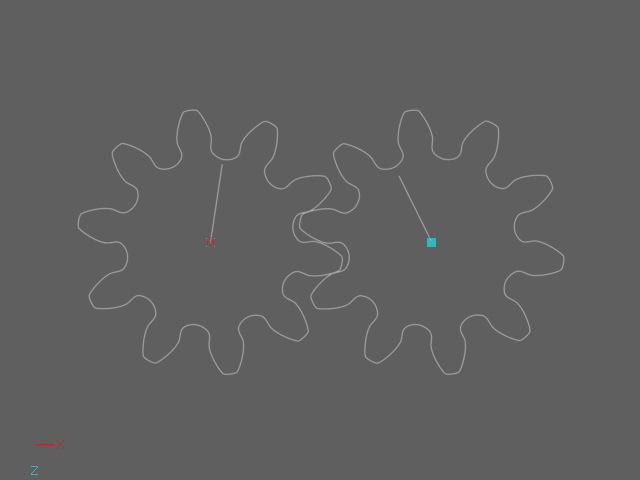
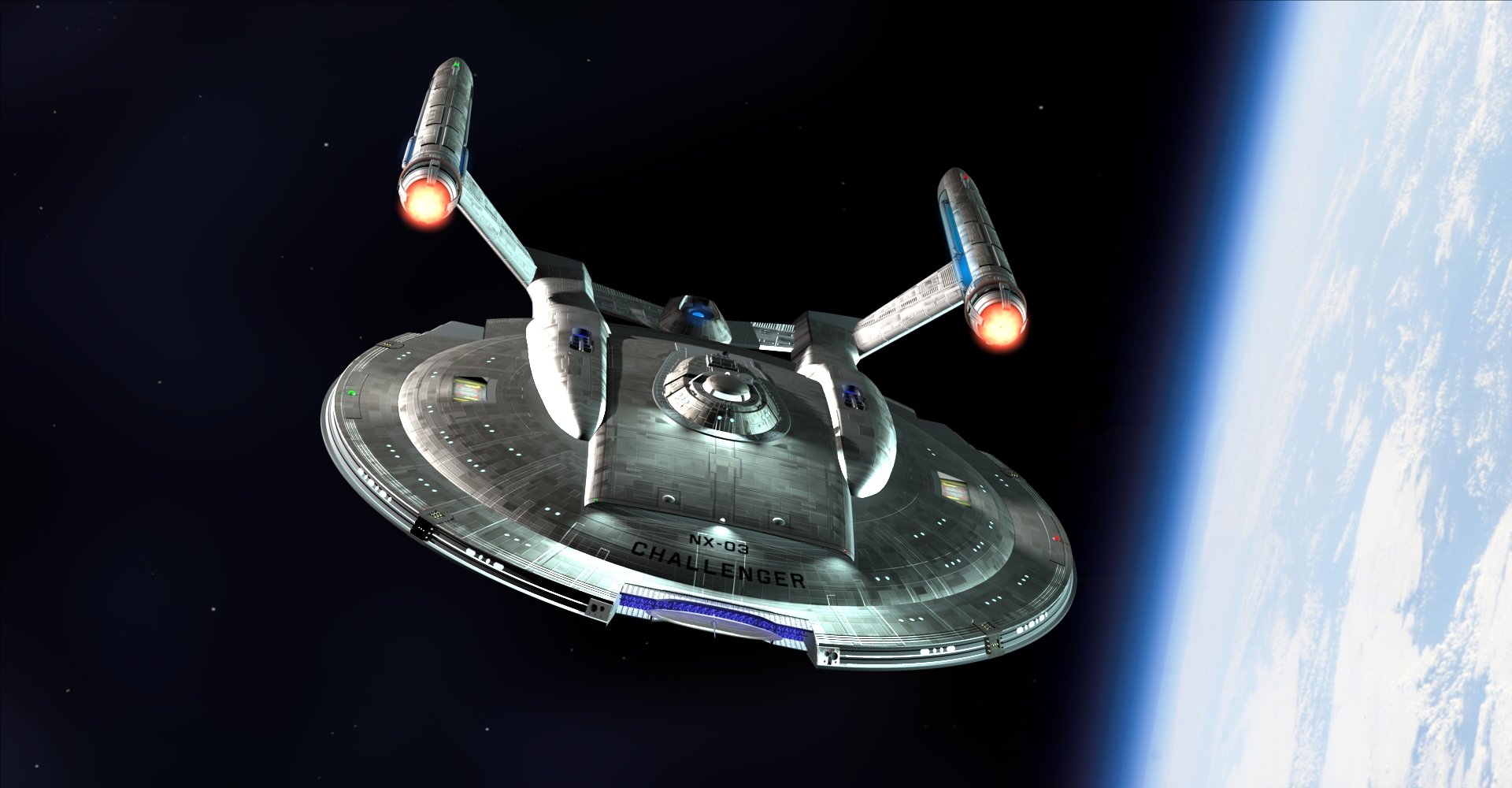
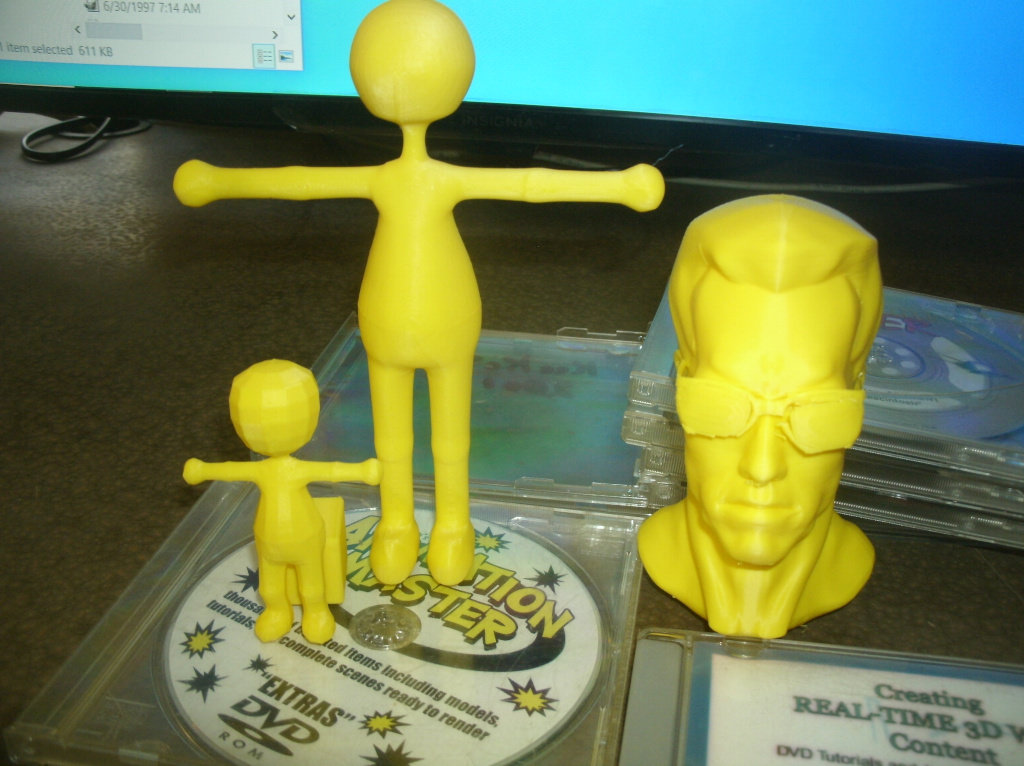
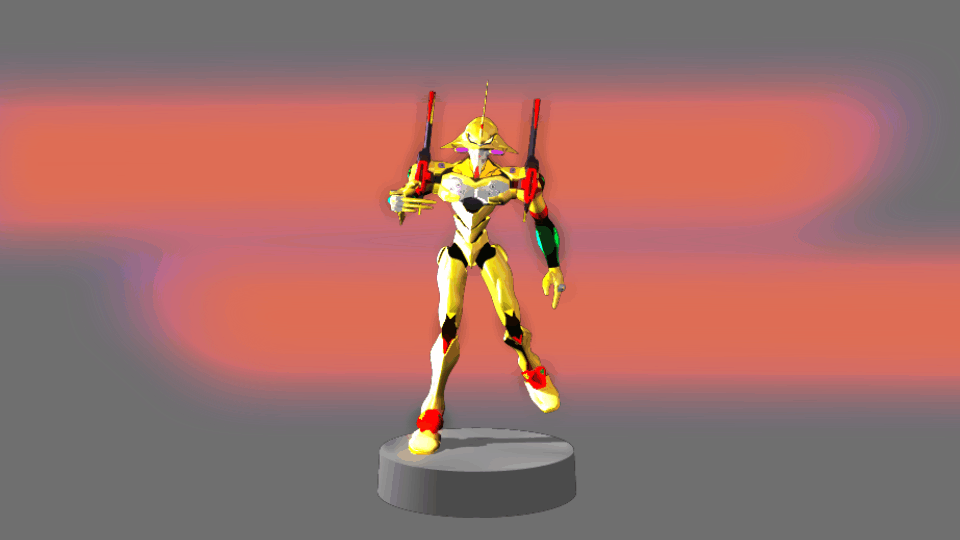
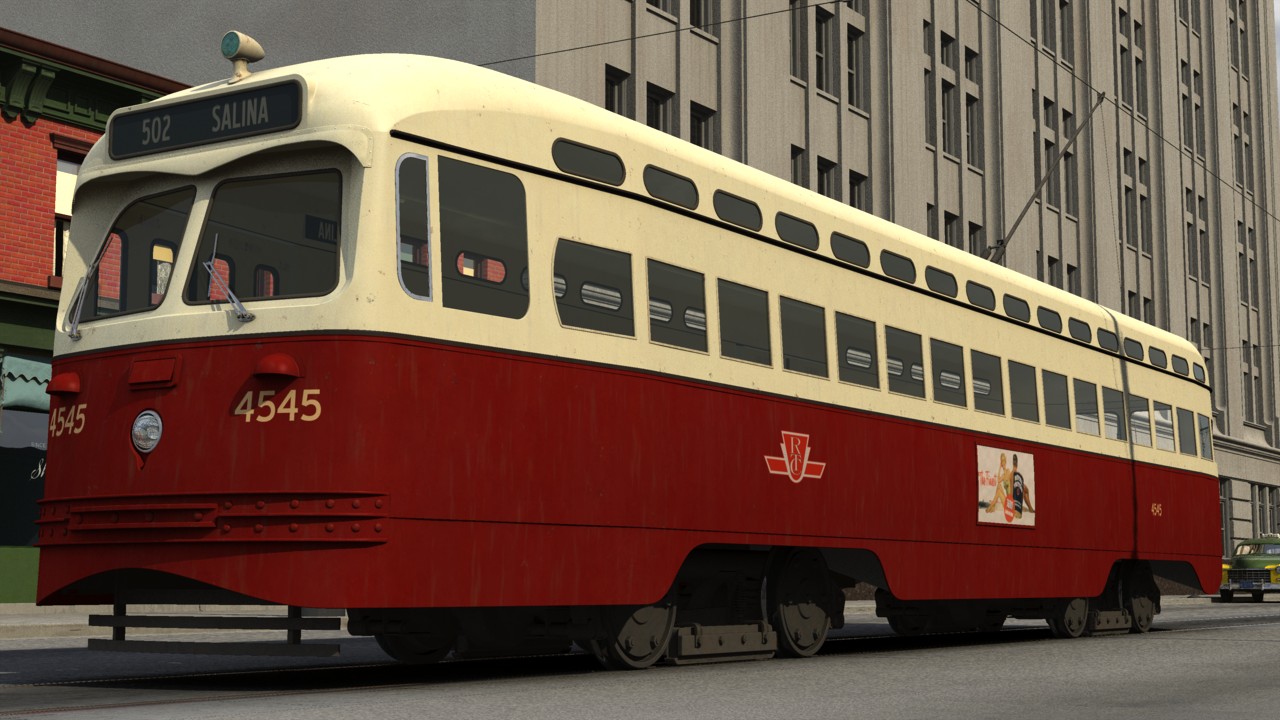


Voodoo Camera Tracker Import Plugin
in General Discussion / Archives
Posted
Phil,
I really appreciate that advice. New one on me. It is there.
John